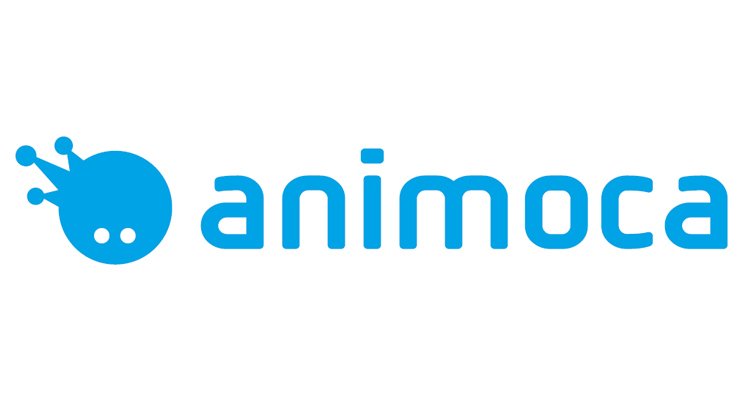Late-Stage Private Equity Secondary Market
Engagement Highlights
non-exclusive arrangements
client can refuse any transaction for any reason
aligned incentive compensation
SEC and FINRA registered broker-dealer
accommodates any transaction structure
Direct Transfer Transactions
A direct transfer is the quickest and cleanest transaction structure. In a direct transfer, the buyer pays the entire purchase price up front and in cash to the seller. A direct purchase holds the least counter-party risk but results in fewer liquidity options because they can only occur in absence of certain transfer restrictions. The following process is typical for a direct transfer transaction:
Provide formal notice to the issuer of the intent to transfer shares
Correspondence with the issuer to gain issuer approval and waiver of any applicable right of first refusal
Prepare the share transfer agreement for execution between seller and buyer
Exchange of cash for the securities, whether directly or via escrow
Send the issuer the documentation needed to updates the share ledger
Transaction closes; seller has liquidated their position and buyer receives proof of share transfer
The existence of any company’s logo below does not constitute any offer to buy or sell any securities of any issuer. The page is not a reflection of any inventory of Rainmaker, nor does it represent any open buy or sell orders placed by clients of Rainmaker. it is for educational purposes only. it serves as an illustration of the wide variety of pre-ipo unicorn securities in which our clients have transacted.
Special Purpose Vehicles (SPVs)
SPVs are entities created for the singular purpose of holding the shares of securities of an underlying issuer company. Essentially, it is an investment fund with a one company “portfolio”. SPVs are managed by a third party general partner, therefore they generally have higher transaction costs. An SPV allows for earlier liquidity and may be the only option for small transactions. The following process is typical for SPV transactions:
A source of shares of securities is identified
Establish a legal entity that will purchase and hold the underlying securities
Prepare an offering memorandum to market the SPV to potential subscribers of SPV interests
Once all subscriptions are received, the SPV provides the issuer of the shares with formal notice of intent to purchase the shares of securities from a previously identified seller of the shares.
Correspondence with issuer to gain approval and waiver of any applicable right of first refusal
Prepare the share transfer agreement for execution between seller and SPV as buyer
SPV sends investment fund proceeds to seller in exchange for the securities, whether directly or via escrow
Issuer updates its share ledger and provides proof of ownership to SPV
Transaction closes; seller has liquidated the position, SPV possesses shares of the issuer; each subscriber will gain a pro-rata economic interest in the underlying securities that were purchased by the SPV with the investment proceeds
Hypothecation Structures
A hypothecation structure may be utilized to allow a shareholder to gain liquidity under circumstances in which transfer of ownership of the shares is not possible. In a hypothecation, the shareholder pledges the shares as collateral for a nominal interest loan from a creditor. The loan amount corresponds to the current market value of the shares of the securities. If or when the restrictions on transfer of the shares are lifted, the creditor calls the loan, and the shareholder officially transfers title to the shares over to the creditor.
























